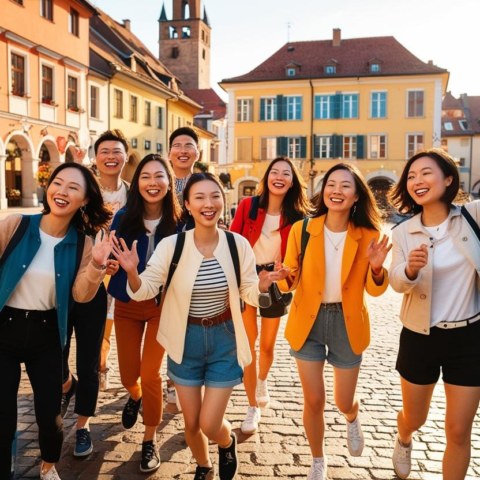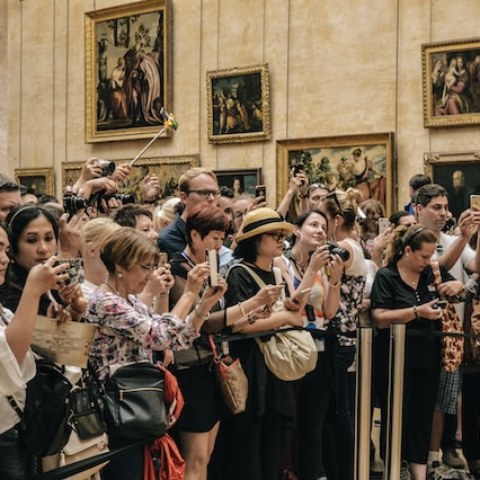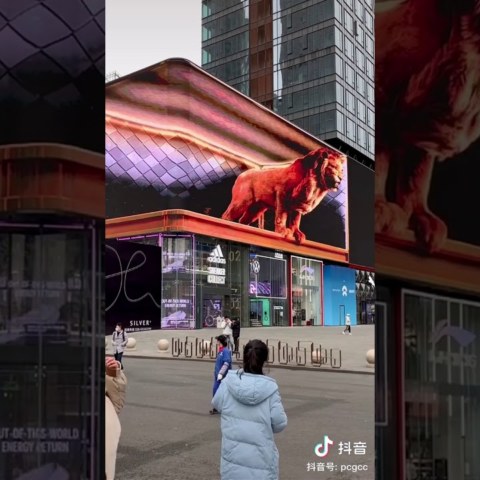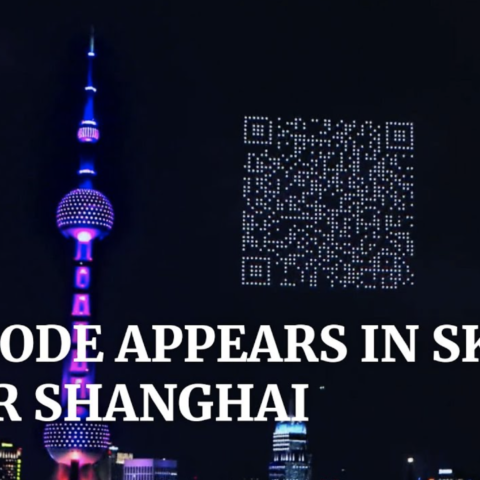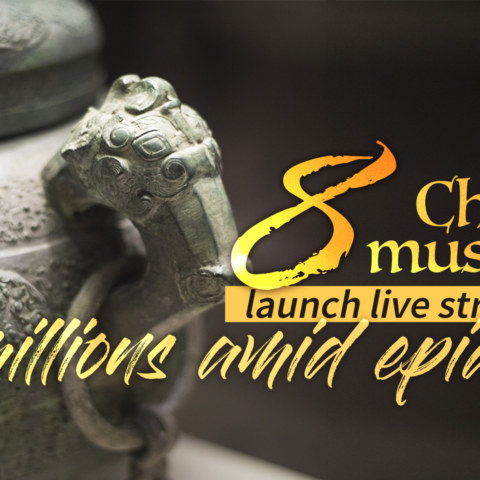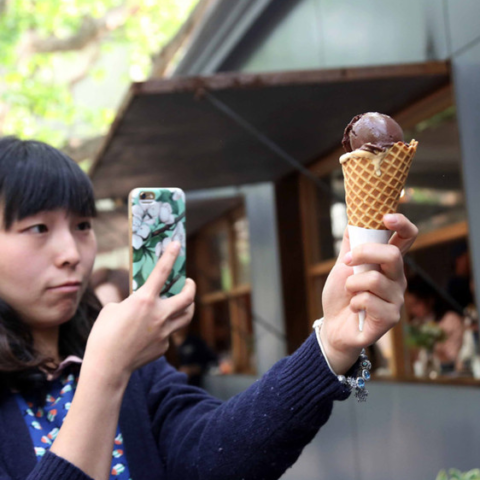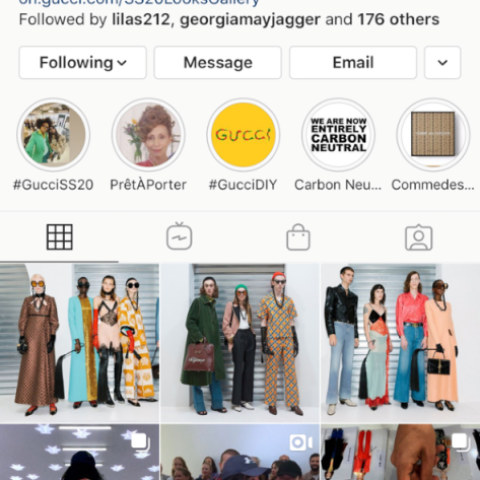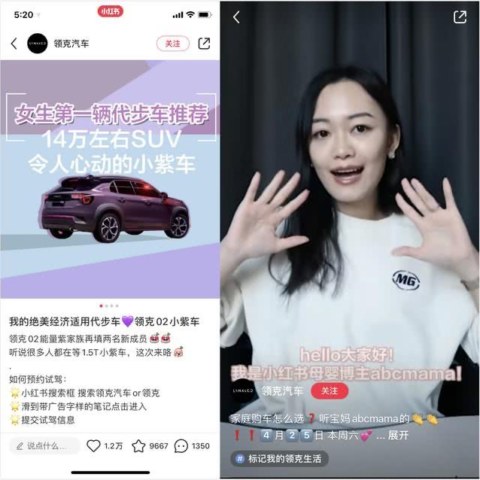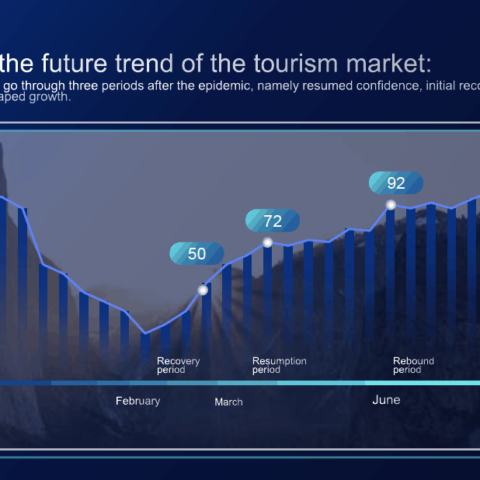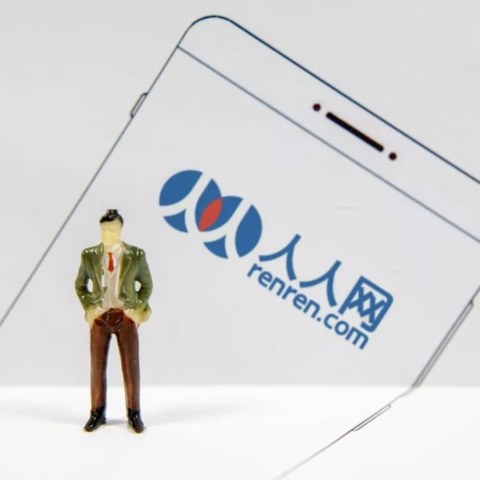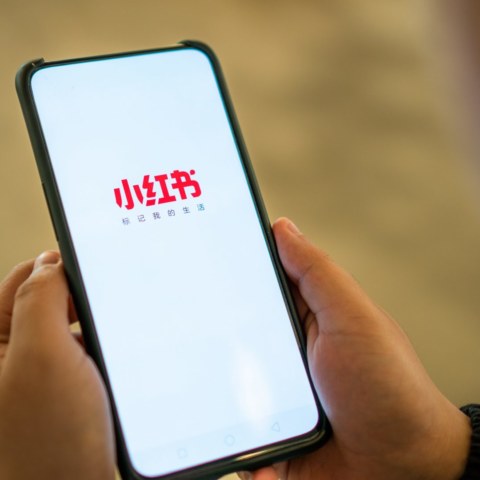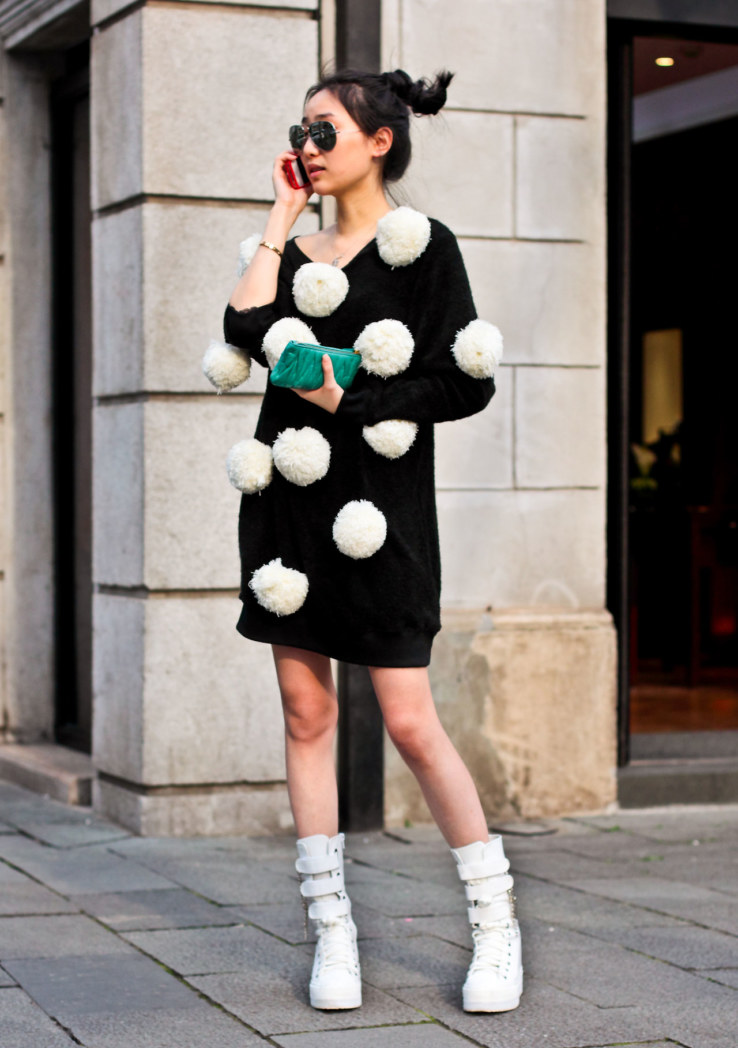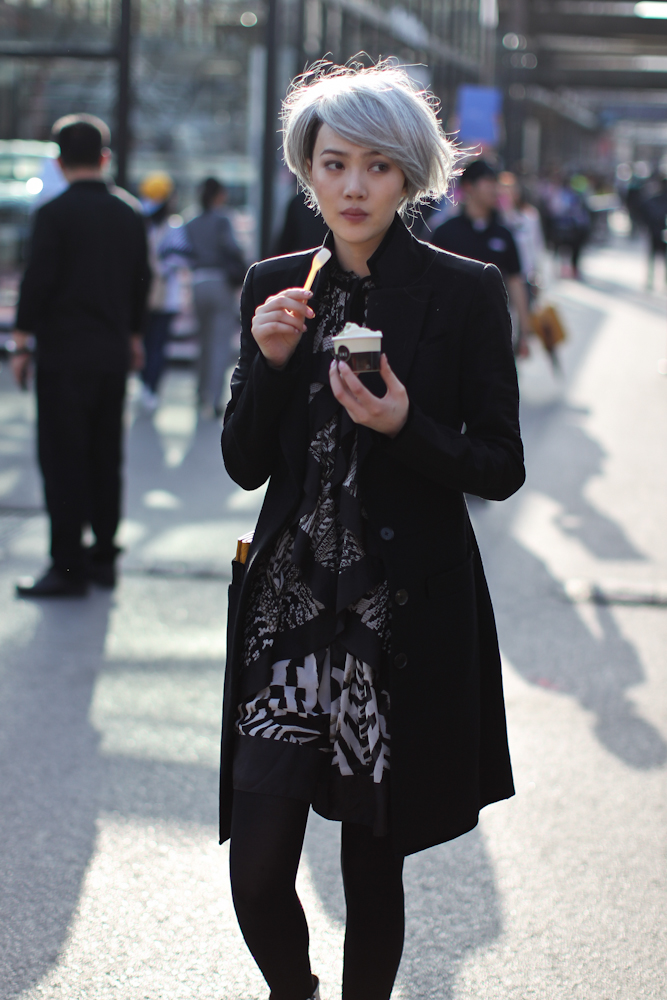How to Understand Fashion in China
Despite increasing global influence, fashion is still dictated by local realities in China. Below are some assumptions to avoid when thinking style in the Middle Kingdom.
As with elsewhere in the world, fashion is a ‘cultural construct’ – that is, it is created by collective conscious, that is an implicit agreement forged spontaneously between both official, popular and personal culture. 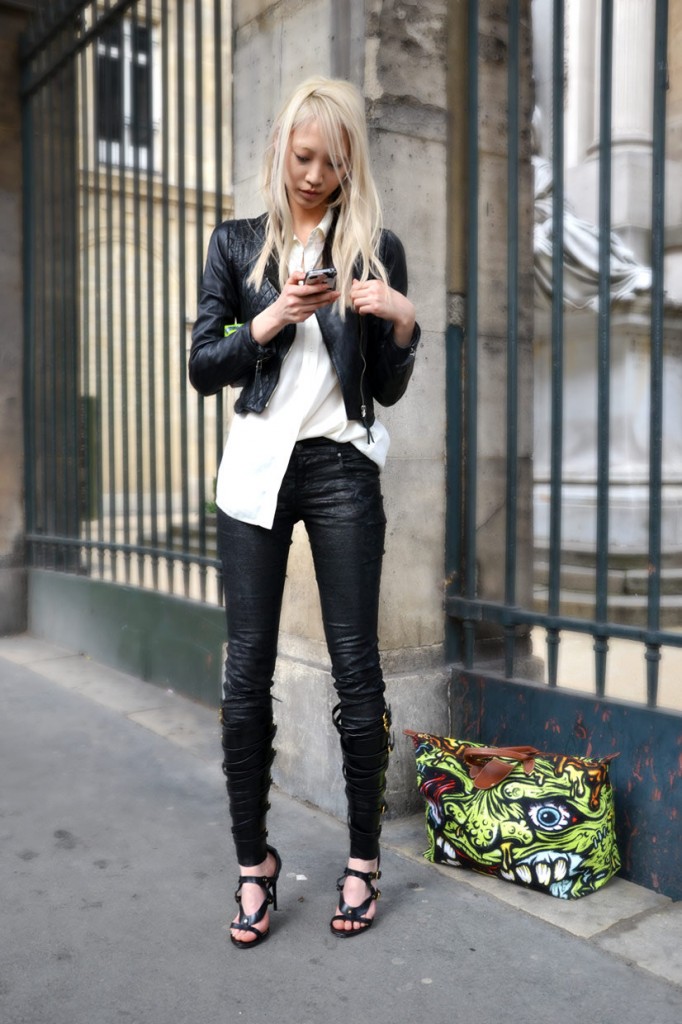
So too with China, despite political limits on consumption and emphasis on one style – the Mao suit – Shanghai women became famous for slight alterations they made to the party carb, to maintain their status as China’s style leaders. On the other side of this, other Shanghainese families, who left China as she was being liberated, took their life savings in the form of jewelry and clothing (such as elaborate qipao dresses). For this reason, Hong Kong fashion has been heavily influenced by luxury aesthetic and influences.
Understanding contemporary fashion in China, also requires a cultural lens. The best way to summarize this is to refute a few lazy assumptions that seem to overly influence how Chinese fashion is understood.
Assumption 1 – China is just copying everyone else, just slower
While global fashion trends are called “global” for a reason, their influence in China is very uneven and far from total. Local fashion can best be described as ‘selective borrowing’, one the streets of Shanghai, there is not really an aping of global styles, even by, the supposedly easily-influenced youngsters. There is very specific deployment of local style to ‘own’ and ‘personalize’ a particular look. As China’s own fashion industry gains confidence, the ability for locals to ‘glocalize’ their personal fashion an easier and spontaneous step for locals.
As local fashion designer Zhang Huishan explains (quoted in the South China Morning Post); “Chinese culture is something in my blood,” he says. “When I make a reference to Chinese motifs, it’s not forced. There are things that even we Chinese have forgotten to appreciate. As a young-generation Chinese designer, I want to use my own way to celebrate things like that.”
Assumption 2 – Chinese fashion is all the same
A key focus of fashion in China is to express a sense of community with your generation. In a society that has developed and technologized so rapidly, generations that Chinese identify are less than 10 years, so they are technically ‘sub-generations’ instead. Looking at fashion in China – there are distinct styles embodied by post-80s, post-90s, and post-95s – that’s right, in China there is no such thing as millennial style, it is at least three different fashion mentality.
- Post-80s (born after 1980), look is focussed on being age-blurringly active and leisurely while still projecting a level of sophistication and knowledge. Brands people know are OK, but brands people will ask about are better. The are focussed on lifestyle – so athleisure, and wearable luxury is big for them.
- Post-90s (born after 1990), they are focussed on projecting an international look through their style, so streetwear styles and fast fashion looks are key ways for them to project this ‘glocal’ identity – international look, with some Chinese references (increasingly retro for this group)
- Post-95s (born after 1995) – this is the world of eclecticism, they are heavily influenced by the Tokyo and Korean scenes, bold and erratic combinations and colours, including hair styling as part of look – brand nomads, it is more about a tribal sense of creating their own scene
Leave a Comment
